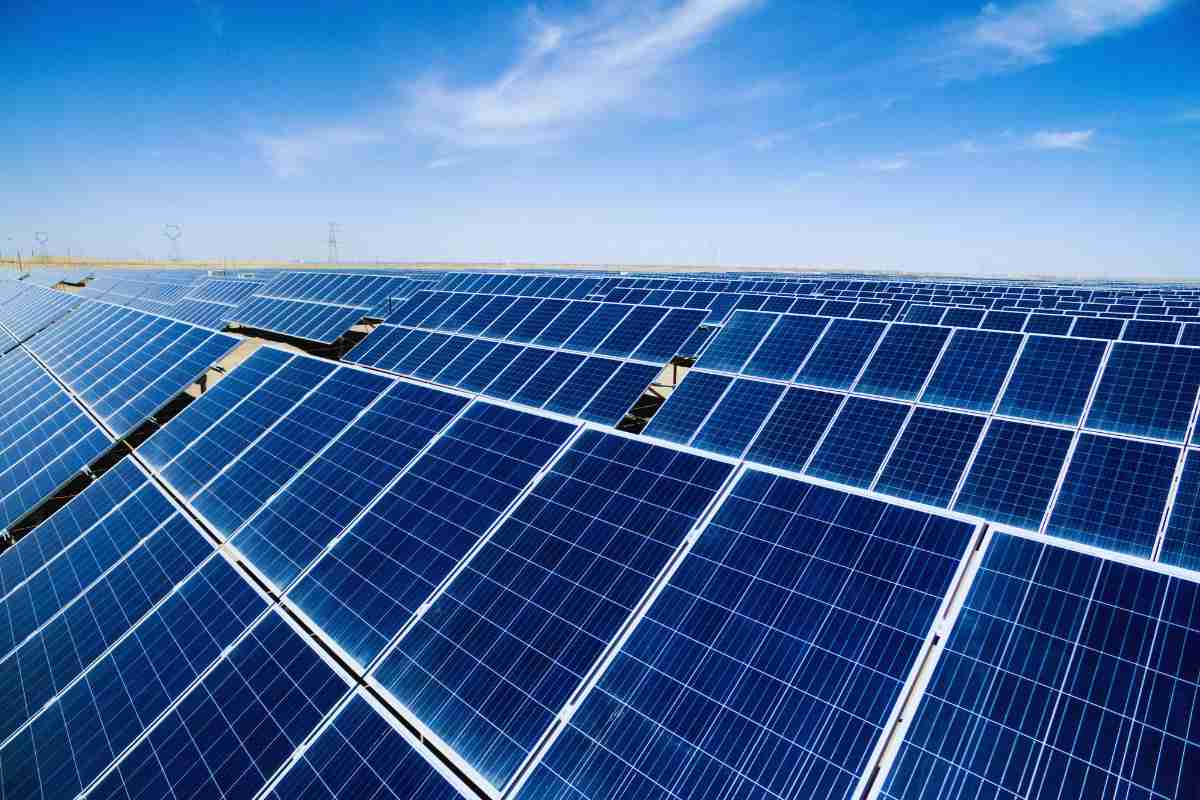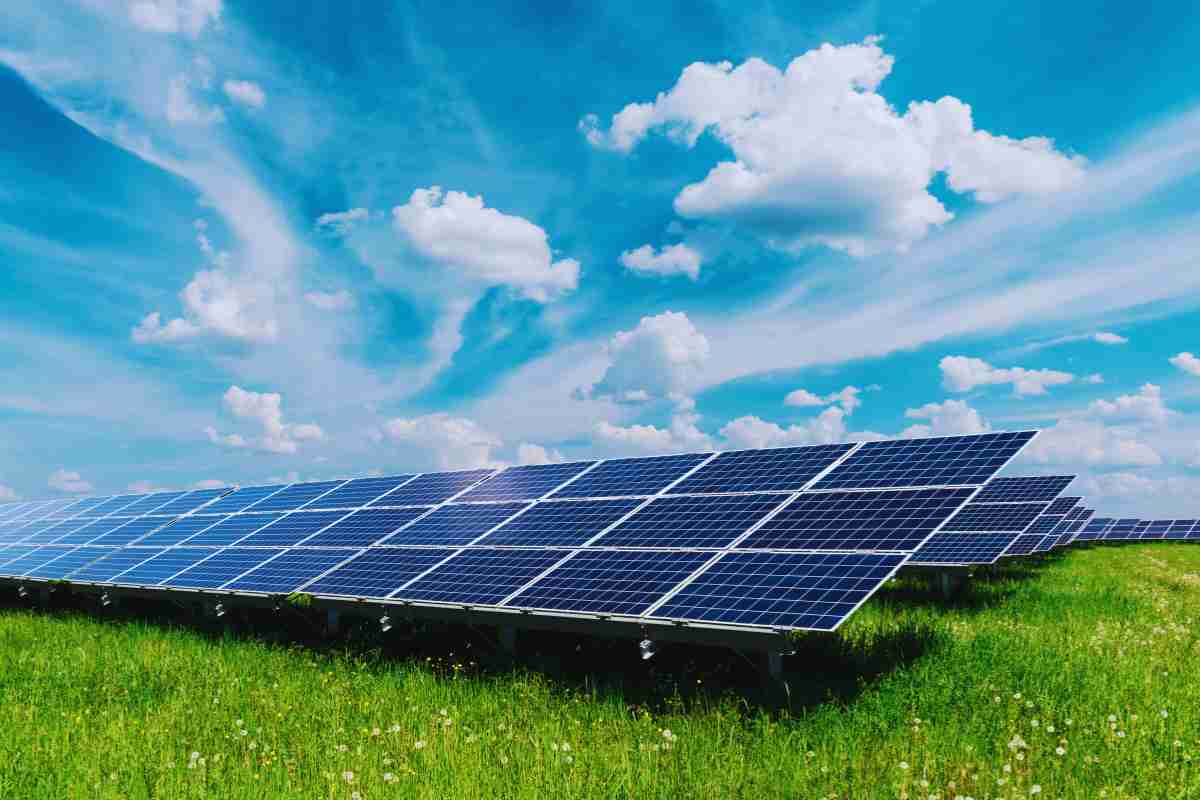Solar Panels and Pollution in 2024: How Things Are Changing
In 2024, solar energy leads the renewable discussion as advancements in panel production and disposal help reduce pollution and environmental concerns.

As we move through 2024, the global conversation around renewable energy continues to evolve, with solar panels at the forefront of this discussion. While solar energy is widely celebrated for its ability to provide clean, renewable power, the production, installation, and disposal of solar panels have historically raised concerns regarding pollution and environmental impact. However, advancements in technology, changes in manufacturing processes, and increased regulatory oversight are beginning to address these issues, paving the way for a greener future.
1. Understanding the Pollution Concerns Associated with Solar Panels
Solar panels are primarily made from silicon, metals like silver and aluminum, and other materials that require mining, processing, and energy-intensive manufacturing processes. These steps can result in significant environmental impact, including:
• Mining and Material Extraction: The extraction of raw materials, particularly silicon, can lead to habitat destruction, soil erosion, and water pollution.
• Manufacturing Emissions: Producing solar panels is energy-intensive and, if powered by non-renewable energy sources, can contribute to greenhouse gas emissions. The production of polysilicon, a critical component in most solar panels, can release harmful chemicals like silicon tetrachloride, which can pose risks if not handled properly.
• End-of-Life Disposal: As the early generations of solar panels reach the end of their lifespan, the issue of recycling and disposal has come into focus. Improper disposal can lead to environmental contamination, as solar panels contain hazardous materials such as lead and cadmium.
2. Positive Changes in 2024: Technological and Regulatory Advances
Despite these concerns, 2024 is seeing significant strides in reducing the pollution associated with solar panels:
• Advancements in Recycling Technology: One of the most significant changes is the development of better recycling technologies. New methods are emerging to recover up to 95% of the materials in solar panels, including glass, silicon, and metals, which can be reused to produce new panels. This reduces the need for raw material extraction and minimizes the environmental footprint of solar panel production.
• Cleaner Manufacturing Processes: Solar panel manufacturers are increasingly adopting cleaner production techniques. Some factories are now powered by renewable energy sources, and there is a shift towards using less toxic materials and reducing the emissions associated with panel production. Companies are investing in research to find alternatives to harmful chemicals, aiming for more sustainable production cycles.
• Regulatory Changes and Incentives: Governments around the world are introducing stricter regulations on solar panel production and disposal. In the European Union, for instance, the Waste Electrical and Electronic Equipment (WEEE) Directive requires manufacturers to take responsibility for the disposal of solar panels, encouraging them to design more easily recyclable products. In the United States, new policies are being discussed to incentivize manufacturers to adopt cleaner technologies and enhance recycling infrastructure.
3. Innovations Driving a Greener Solar Industry
Several innovations are contributing to making solar energy even more sustainable:
• Perovskite Solar Cells: Emerging as a game-changer in the solar industry, perovskite solar cells are cheaper to produce and require less energy than traditional silicon-based panels. They are also more flexible and lightweight, making them suitable for a broader range of applications. Researchers are working to make these cells more stable and durable, further reducing their environmental impact.
• Bifacial Solar Panels: These panels can capture sunlight from both sides, increasing their efficiency. Higher efficiency means more energy output for the same input, which can reduce the overall number of panels needed and lower the associated environmental impact.
• Solar Panel Recycling Programs: Companies and governments are increasingly setting up dedicated solar panel recycling programs to manage the waste generated from decommissioned panels. These programs aim to recover valuable materials and ensure hazardous components are disposed of safely.

4. The Future of Solar and Environmental Responsibility
As we look forward, the outlook for solar energy in 2024 and beyond is promising. With ongoing advancements in technology and increased focus on sustainable practices, the solar industry is becoming more environmentally friendly. The reduction in pollution associated with solar panels—from manufacturing to end-of-life management—demonstrates a commitment to addressing the environmental concerns that have long been a part of the renewable energy conversation.
Consumers and companies are more aware than ever of the need to balance renewable energy generation with environmental stewardship. As a result, the solar industry is set to continue its growth, providing clean energy while minimizing its ecological footprint.
For those considering installing solar panels, these changes mean that they can feel even more confident that their choice is not only reducing reliance on fossil fuels but also contributing to a more sustainable and environmentally conscious industry.
As the solar industry evolves, staying informed about these developments helps consumers make better decisions about their energy use and investments in renewable energy technologies.




Comments ()